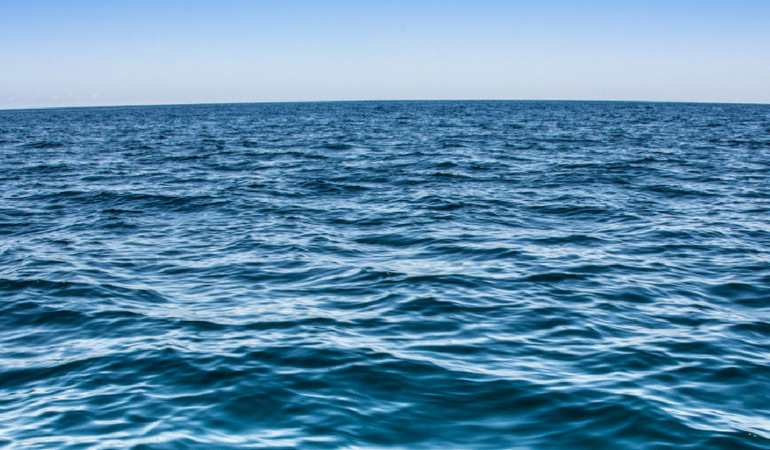On March 29, 2019, the United States Supreme Court made it easier for asbestos plaintiffs to recover damages against a group of defendants who never sold or supplied any asbestos materials. In Air & Liquid Systems Corp., v. DeVries, the Supreme Court held that so called “bare metal” defendants could be found liable to two former U.S. Navy seamen, although the defendants only supplied metal equipment without any asbestos components. The Court held a product manufacturer has a duty to warn when its product requires incorporation of a part that the manufacturer knows or should know that the product with such a part is likely to be dangerous for this intended uses, and that the manufacturer has no reason to believe that the product user will realize the danger in the product. Although the Court said it was limiting its decision to maritime tort cases, it can be anticipated that plaintiffs’ counsel will use this opinion to expand liability in all civil cases, including those beyond asbestos, including other potentially dangerous chemicals and minerals.
New Supreme Court Justice Kavanaugh surprisingly delivered the majority pro-plaintiff opinion. The facts were relatively simple. The family members of two deceased U.S. Navy seamen brought suit after their decedent died from asbestos related mesothelioma. Because most of the “traditional” defendants could not be sued because they had previously filed for bankruptcy, and the U.S. Navy could not be sued because of governmental immunity, the plaintiffs sued the manufactures of pumps, blowers and turbines present on three Navy ships. According to the opinion “The equipment required asbestos insulation or asbestos parts in order to function as intended.” And then Court went on to state, as a fact: “When used on the ships, the equipment released asbestos fibers into the air.” Plaintiffs sued the manufacturers of these “bare metal products”, claiming they were negligent in failing to warn of the dangers of asbestos.
The Majority Opinion rejected the arguments offered by the defendants that because they never supplied any asbestos parts, and the Navy acquired the asbestos products from other suppliers, they had no duty to warn about asbestos. The Court also rejected a so-called general foreseeability” approach.
Instead, it adopted what the Majority Opinion called a “third approach” in which when the manufacturers’ product calls for the incorporation of a part that is known to be dangerous, then a duty to warn exists. “The product manufacturer knows the danger of the ultimate integrated product and is typically more aware of the risks associated with that integrated products . . . .” “A part manufacturer may not always be aware that its part will be used in a way that poses a risk of danger.” The Court said that requiring a warning does not “meaningfully add” to the manufacturer’s burden, and will not require “a plethora of new warnings.”
The Court finally noted that maritime law always recognizes a “solicitude for sailors”, thus giving the sailors’ families an opportunity to otherwise obtain a monetary recovery that they might not be able to receive.
Justice Gorsuch in his Dissent, noted that this requirement of a warning was being imposed by the Court 40 to 50 years after the original metal pieces of equipment were sold. The Dissent also noted that “encouraging manufacturers to offer warnings about other people’s products risks long, duplicate, fine print, and conflicting warnings.”
As also noted by the Dissent, in deviating from the traditional common law rule, the Court may be motivated by the unfortunate facts of this particular case in which the sailors’ widows “appear to have a limited prospect of recover from the companies that supplied the asbestos (they’ve gone bankrupt) and the Navy that allegedly directed the use of asbestos (it’s likely immune under our residents). The bare metal defendants may be among the only solvent potential defendants left.”
What does this all mean? It is probable that the plaintiffs’ counsel will use this opinion to expand upon maritime liability to other civil court cases, especially the numerous examples given by Justice Gorsuch in his defense.
It is advisable for all product and part manufacturers and suppliers to consider the implication of this case, especially in the context of future litigation, and to include warnings about known dangers.

